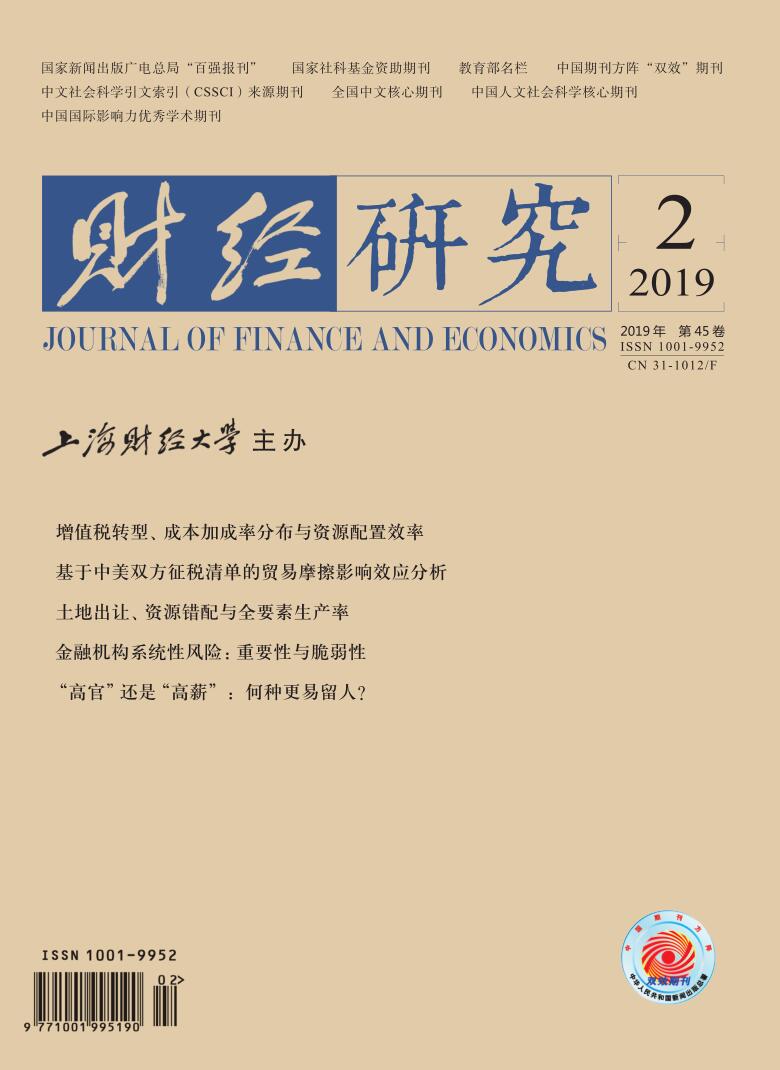In the past century, life expectancy in most countries has increased. At the same time, there is an increasing demand for the development of annuity markets. In this paper, we construct a three-period life-cycle model with credit constraints and annuity markets, and investigate the effects of increasing life expectancy and the development of annuity markets on individuals’optimal choices of the length of schooling, saving behavior, retirement length and expected lifetime total labor supply. Within this framework, we find that as life expectancy increases, individuals choose to gain more education and increase savings, but how they are going to change the retirement decision and expected lifetime labor supply depends on the maturity of annuity markets and the interest rate in the economy. If there is no mature annuity market, or if the interest rate is low, as life expectancy increases, individuals will retire earlier. However, since the survival rate also increases, expected lifetime labor supply may not decline even when labor supply at the two end stages of life does. We also find that if life expectancy remains unchanged, as annuity markets develop, individuals will retire earlier. The robustness of the results has been checked with numerical examples. Our work is part of an important literature that tries to explain the" Ben-Porath puzzle”raised by Hazan(2009), who shows that a necessary condition for the Ben-Porath mechanism(Ben-Porath, 1967)to hold is that increased life expectancy must also increase expected lifetime labor supply, which is not supported by empirical evidence. The main contributions of our paper are as follows: First, we introduce the annuity market, which is closely linked with life expectancy and retirement, to the model when revisiting the Ben-Porath mechanism. We emphasize the importance of annuity markets when analyzing the effects of increasing life expectancy on individuals’behaviors, and also show that the development of annuity markets will have an effect on individuals’optimal choice. Second, we not only analyze the effects of increasing life expectancy and the development of annuity markets on individuals’retirement decision, but also focus on the effects on individuals’expected lifetime labor supply, which is affected by both mortality rates and labor supply in each period. This makes our results comparable to the empirical findings by Hazan(2009).
 / Journals / Journal of Finance and Economics
/ Journals / Journal of Finance and EconomicsJournal of Finance and Economics
LiuYuanchun, Editor-in-Chief
ZhengChunrong, Vice Executive Editor-in-Chief
YaoLan BaoXiaohua HuangJun, Vice Editor-in-Chief
Life Expectancy, Annuity Markets and Economic Behaviors
Journal of Finance and Economics Vol. 45, Issue 02, pp. 30 - 45 (2019) DOI:10.16538/j.cnki.jfe.2019.02.003
Summary
References
Summary
[1] Shao G, Zhu X, Liu W. The rationality of postponing retirement age based on life-cycle theory [J]. Social Sciences in Yunnan, 2007(05): 53-56+88. (In Chinese)
[2] Sun Q, Wang G, Zheng W. The future development strategy of China old age pension market and policy proposals: 2013-2023 [J]. Journal of Audit & Economics, 2013, 28(05): 3-13. (In Chinese)
[3] Zhang C, Zhao Y. The relationship between old-age and young-age employment: evidence from China [J]. The Journal of World Economy, 2014, 37(05): 74-90. (In Chinese)
[4] Zhang Y. The research frontier of endogenous retirement age [J]. Economic Perspectives, 2015(03): 90-103. (In Chinese)
[5] Auerbach A J, Kotlikoff L J. Dynamic fiscal policy [M]. Cambridge University Press, 1987.
[6] Barro R J, Lee J W. A new data set of educational attainment in the world, 1950–2010 [J]. Journal of Development Economics, 2013, 104: 184-198.
[7] Barro R J, Sala-i-Martin X. Economic Growth. 2nd Edition [M]. The MIT Press, 2003.
[8] Ben-Porath Y. The production of human capital and the life cycle of earnings [J]. Journal of Political Economy, 1967, 75(4, Part 1): 352-365.
[9] Bloom D E, Canning D, Moore M. Optimal retirement with increasing longevity [J]. The Scandinavian journal of economics, 2014, 116(3): 838-858.
[10] Cervellati M, Sunde U. Life expectancy, schooling, and lifetime labor supply: theory and evidence revisited [J]. Econometrica, 2013, 81(5): 2055-2086.
[11] Diamond P A. National debt in a neoclassical growth model [J]. The American Economic Review, 1965, 55(5): 1126-1150.
[12] Gruber J, Wise D. Social security and retirement: An international comparison [J]. The American Economic Review, 1998, 88(2): 158-163.
[13] Hazan M. Longevity and lifetime labor supply: Evidence and implications [J]. Econometrica, 2009, 77(6): 1829-1863.
[14] Hazan M, Zoabi H. Does longevity cause growth? A theoretical critique [J]. Journal of Economic Growth, 2006, 11(4): 363-376.
[15] Hansen C W, Lønstrup L. Can higher life expectancy induce more schooling and earlier retirement? [J]. Journal of Population Economics, 2012, 25(4): 1249-1264.
[16] Kalemli-Ozcan S, Weil D N. Mortality change, the uncertainty effect, and retirement [J]. Journal of Economic Growth, 2010, 15(1): 65-91.
[17] Liu P, Thøgersen J. Pay-as-you-go pensions and endogenous retirement [J]. Macroeconomic Dynamics, forthcoming, 2019.
[18] Strulik H, Werner K. Life expectancy, labor supply, and long-run growth: Reconciling theory and evidence, University of Goettingen [R]. Cege Discussion Paper 140, 2012.
[19] Tang K K, Zhang J. Health, education, and life cycle savings in the development process [J]. Economic Inquiry, 2007, 45(3): 615-630.
[20] Thimme J. Intertemporal substitution in consumption: A literature review [J]. Journal of Economic Surveys, 2017, 31(1): 226-257.
Cite this article
Liu Pan, Wang Xinyu. Life Expectancy, Annuity Markets and Economic Behaviors[J]. Journal of Finance and Economics, 2019, 45(2): 30-45.
Export Citations as:
For
ISSUE COVER
RELATED ARTICLES




 5691
5691  7435
7435

